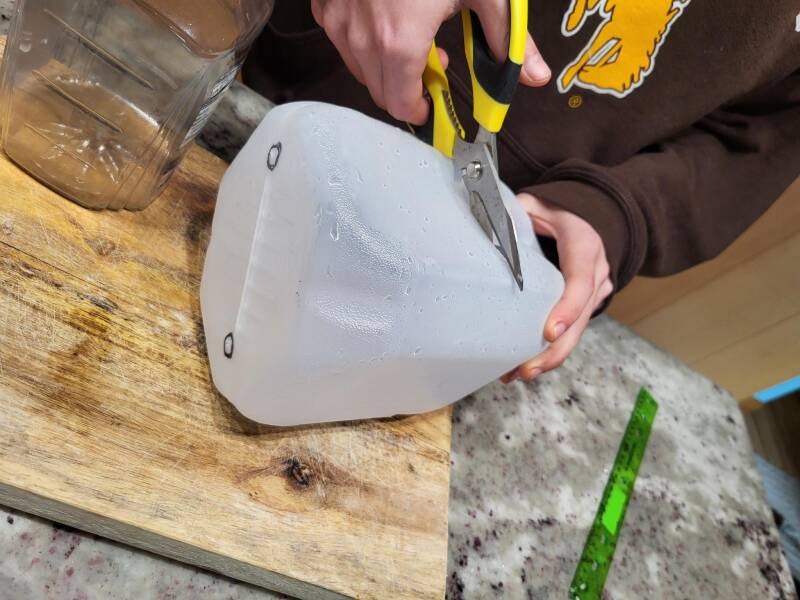What is Winter Sowing?
Winter Sowing is a way to grow native plants from seeds.
Why do we use this method?
While crop plants like beans and squash have seeds that sprout easily when planted, many of our important native plants evolved to require special circumstances to germinate. For example, some sprout only when they have gone through the digestive tract of a bird, or after being kept wet and cold for a long period of time. Winter sowing is a way to give the seed what it needs without requiring the grower to have a lot of special knowledge about each species of plant.
How does it work?
1. Prepare a container that has a clear lid by poking a small hole or two in the bottom. This will drain any excess water. Then, poke a hole in the lid. This will allow excess heat to escape. If your container already has a small opening in it (for example a milk jug or 2 liter bottle that you have cut in 1/2.) simply remove and discard the lid.
2. Add at least 2- 3 inches of a seed starting medium. (Coconut coir or a store bought seed starting mix are both good. Peat will work, too, but be aware that peat is a non-renewable resource.)
3. Add water, making sure your starting medium is saturated, but not over- saturated.
4. Place your seeds on the starting medium and push them in to make good contact. It's okay if they are buried a little, but the goal isn't to bury them. It is to make sure the moisture from your starting medium works its way into the seed. Seeds will often work their way down during the freeze/thaw cycles after you are done. So, don't worry about this right now.
5. Place the top on your container. If you've cut a jug or bottle in half, you will need to tape the 2 halves together. If you have a container with a clear top that can be secured (snaps on or screws on,) you do not need tape. Label your container with the name of the plant using a waterproof marker.
6. Place your container OUTSIDE. Yes, outside in the cold and the snow. Find a spot that is sunny at least part of the day and where the wind isn't especially strong, and then just leave your seed container out there.
7. Beginning in late March or early April, start checking on the plants. Once they have begun to sprout, you'll need to keep checking on them and open the container once they start growing so they aren't smashing up against the lid.
8. They will be ready to plant by May 1st. Check back here for more tips on planting later this spring.





